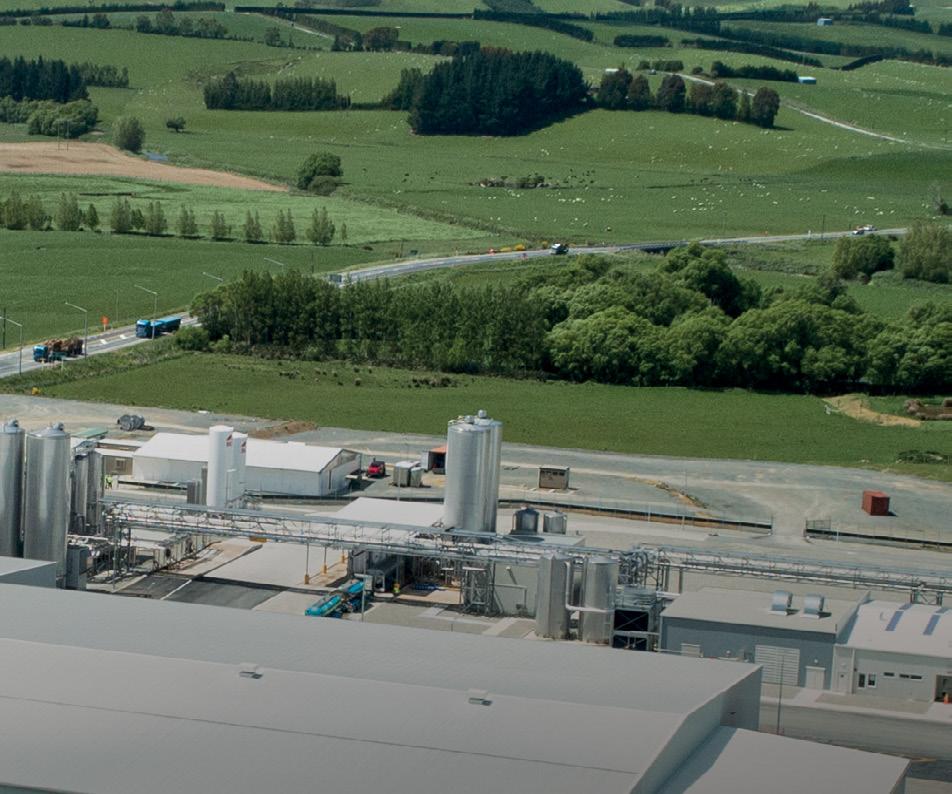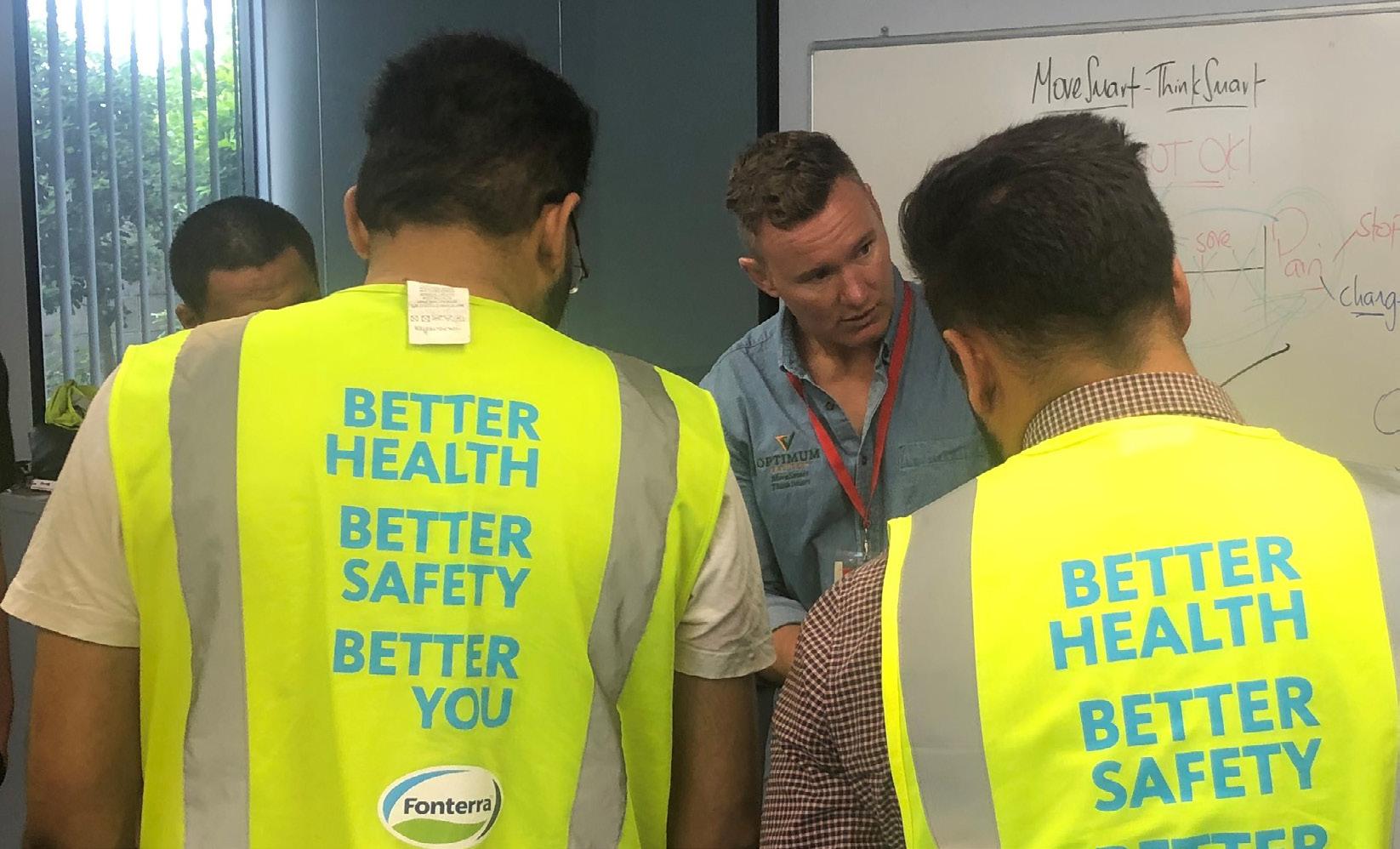
4 minute read
The city at your door in 20 minutes could be become the vogue
The concept is based on the idea that everything a person needs, from health facilities and schools to shopping centres and community gardens, are available within 20 minutes of their home.
It makes for a beneficial lifestyle model that will more than likely be in high demand for some time to come.
Advertisement
“People are going to want to work and play closer to where they live, rather than getting on a train to go into the CBD,” Buchan’s Group Managing Principal Bruce Shaw notes.
“New mixed-use developments will have to cater for this, pre-empting the rapid progression of the decentralised workplace, as people continue to work from home.”
Buchan’s M-City is one such development, eschewing the traditional onebuilding-does-it-all typology in favour of a cluster that boasts three 12-storey residential towers, a retail precinct, hotel, entertainment complex, hospitality offerings and an eight-storey office building.
Buchan is hoping M-City will act as the catalyst for the planning of similar developments in the region.
And as a model of mixeduse development, it shows just how viable and impactful the typology is when good design is maximised to platform suburban growth areas, the company says. In serving as a benchmark for future developments of this scale, M-City also champions the benefits of living local.
Occupying an impressive 35,000 square metres development has reinvigorated the outer Melbourne suburb of Clayton.
Shaw and the project team, including Director and Principal Peter Lourey and Associate John Watson, didn’t want M-City to appear as though a singular DNA runs through all the all the architecture.
So each building has its own distinct identity that in turn creates a captivating streetscape, not unlike any major metropolitan area.
Buildings vary from linear to curved, while the hotel punctuates the overall development with a softly undulating facade emblazoned in bronze.
Importantly, there is still visual cohesion throughout, as well as a physical connection via a podium level. The buildings’ different functions are instantly recognisable, but elements from each tie them together, so they’re not as disparate as to be completely unrelated. This balance between separation and integration was implemented in the master planning process, enabling precincts to harmonise with each other, without detracting from a building’s character or residents’ sense of home.
“There’s so much talk around how important remaining local will be moving forward and this project allows for that to happen,” says Watson.
“Monash University is a stone’s throw away, you’ve got A-grade office space on site, high quality apartments, there’s amenity in the retail and hospitality offerings and if your family comes to visit they can stay in the hotel. It’s possible to create a community out of developments like this.”
M-City’s ambitious scale and complex programme ensure it succeeds on the macro level, while thoughtfully delineated public and private realms guarantee the design remains steadfastly human-centric at the micro.
The increased density of large developments like this one combats suburban sprawl, essentially re-designing the way people live and function as a progressive society, the company says.
Total living within easy reach
The past year has drawn attention to the rise of 20-minute cities as people contend with strict Covid-19 restrictions
Sponsored Article Mataura Valley Milk seals its success
Building the world’s best nutritional business is the ambitious goal that New Zealand dairy company Mataura Valley Milk set out to achieve in August 2016
Now the company’s milk production plant is an impressive accomplishment that comfortably justifies its early ambition. Mataura Valley Milk is now benchmarking innovation and performance for other milk plants.
Situated north of Gore at the bottom of the South Island, the state-of-the-art facility was delivered ontime and within budget, an impressive achievement for a greenfield project.
“To achieve our goal, we knew that choosing only the best people, partners, and infrastructure was crucial,” says Brent Robinson, Mataura Valley Milk’s Projects Manager.
“We’re able to track and trace every ingredient on its journey from the farm and through the facility. “This track-and-trace approach provides complete transparency and trust for our suppliers and customers.
“This visibility also contributes to our innovation programme and delivers great value in terms of R&D and process efficiencies. Data can’t be useful without precision and the Schneider solution gives us all the connectivity and accuracy we need.
“The EcoStruxure solution delivers connectivity to all our business layers. It proves itself to us every day as we interrogate data in the MES. We’re able to fault find and resolve issues immediately, receive alerts on any irregular findings throughout the plant, test and introduce process efficiencies quickly, and positively affect our final product.” says Robinson.
A connected and scalable backbone that enables Mataura Valley Milk to seize market opportunities, secure in the quality of its product and the reliability of its infrastructure.















